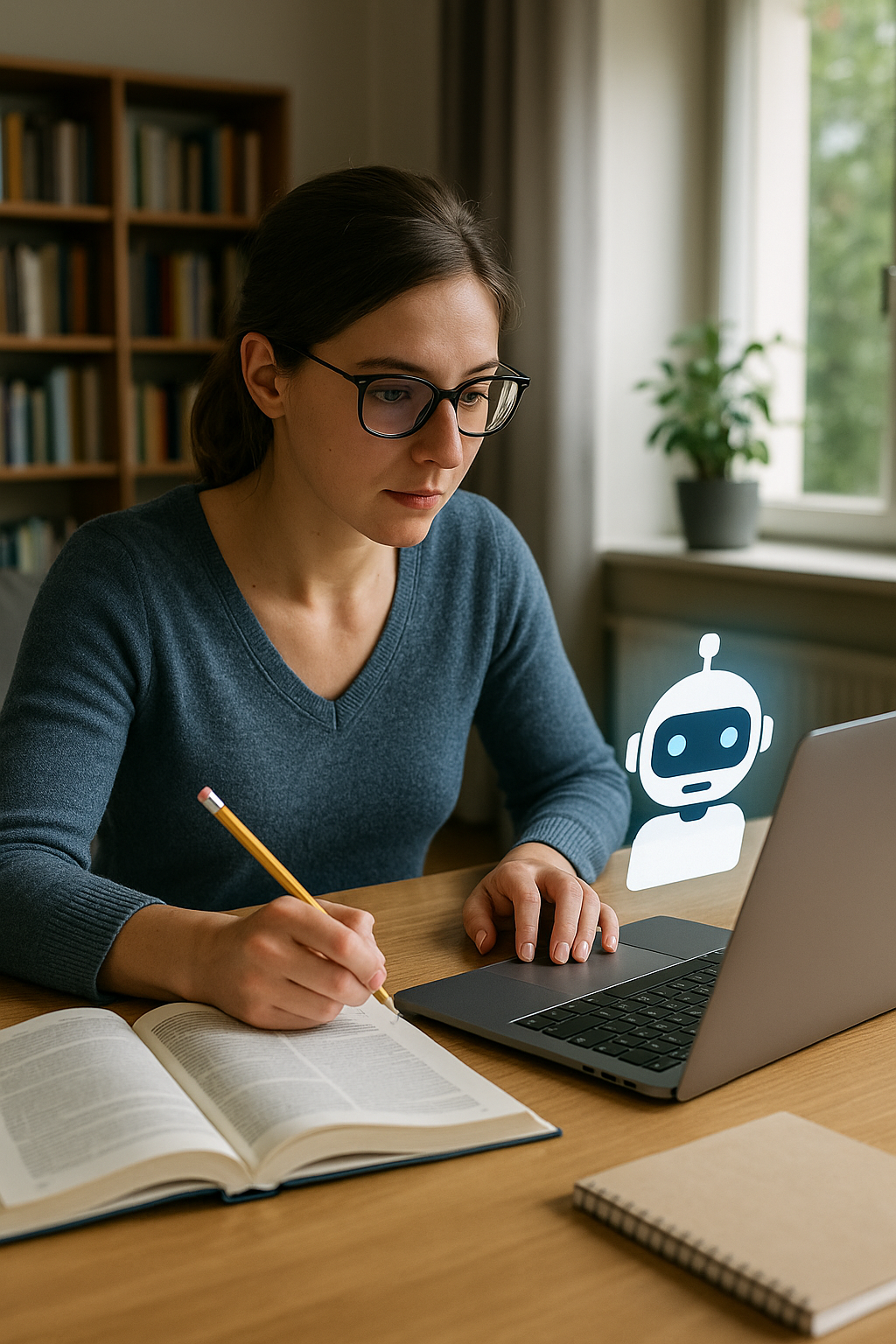AI reshapes self-directed learning in online education, but ethical and pedagogical challenges remain
Self-directed learning, a model in which learners take active control over their study goals, pace, and evaluation, has become a cornerstone of modern online education. The study finds that AI tools, particularly intelligent tutoring systems, conversational agents, and natural language processing applications, are playing a decisive role in enhancing SDL.

A new study delivers the most up-to-date analysis of how artificial intelligence is transforming self-directed learning (SDL) in online education. Their work underscores both the potential and the pitfalls of deploying AI to guide learners toward autonomy and personalized study pathways.
The study titled "The Future of Education: A Systematic Literature Review of Self-Directed Learning with AI" uses the PRISMA-2020 framework to review 77 studies published between 2020 and 2025. Drawing on peer-reviewed papers indexed in Scopus and Web of Science, the authors offer a structured account of the benefits, risks, and best practices for integrating AI into online education systems designed to encourage self-directed learning.
How AI tools are shaping self-directed learning
Self-directed learning, a model in which learners take active control over their study goals, pace, and evaluation, has become a cornerstone of modern online education. The study finds that AI tools, particularly intelligent tutoring systems, conversational agents, and natural language processing applications, are playing a decisive role in enhancing SDL.
According to the authors’ synthesis, these AI-powered systems contribute to learning autonomy by allowing students to navigate their own paths through content while receiving real-time, adaptive feedback. Intelligent tutoring systems personalize learning sequences based on prior performance, while chatbots act as on-demand support agents capable of answering questions, explaining concepts, or providing tailored resources. Natural language processing capabilities further enable dynamic assessment of student input, offering targeted guidance that supports both comprehension and skill development.
AI’s integration into SDL not only makes learning more flexible but also promotes self-regulation, enabling students to plan, monitor, and evaluate their own progress. This aligns with broader educational trends toward personalization and learner agency, especially in environments where diverse student needs and schedules must be accommodated.
Risks that threaten the promise of AI in education
While the study confirms the transformative potential of AI in SDL, it also emphasizes the challenges that could undermine these benefits if not addressed systematically. Ethical risks emerge as a major concern, particularly around data privacy and algorithmic bias. AI systems collect and process vast amounts of personal learning data, raising questions about consent, ownership, and the transparency of algorithmic decision-making.
The authors also flag academic integrity risks, with AI tools potentially enabling shortcuts that bypass meaningful learning. Over-reliance on automation may reduce the development of critical thinking and problem-solving skills, as students become dependent on machine-generated answers rather than engaging in deeper cognitive work.
Pedagogical issues are equally pressing. The study warns that replacing human feedback with AI responses can lead to reduced interpersonal engagement, a factor long associated with student motivation and satisfaction. There is also the risk of cognitive overload if AI interfaces are poorly designed, presenting learners with too many features or excessive information. Furthermore, effective use of AI tools depends heavily on prompt literacy, students’ ability to interact with AI systems in ways that yield productive responses, something that is not yet widely taught.
Implementing AI in SDL with pedagogical and ethical safeguards
The successful adoption of AI in self-directed online learning hinges on more than just technological readiness. It requires a thoughtful alignment of AI capabilities with sound pedagogical frameworks and ethical safeguards. The authors advocate for an implementation approach that prioritizes inclusivity, transparency, and the protection of student rights.
One of the key recommendations is that AI should augment rather than replace educators. Teachers remain essential in guiding the learning process, interpreting AI-generated insights, and fostering the social and emotional dimensions of education that technology cannot replicate. AI systems, when integrated thoughtfully, can free educators from routine administrative or repetitive instructional tasks, allowing them to focus on higher-order teaching activities.
The authors also stress the importance of preparing students for effective AI use through digital literacy programs that cover both technical interaction skills and critical awareness of AI limitations. Educational institutions are encouraged to set clear governance policies covering data usage, bias mitigation, and the auditability of AI systems. This includes ensuring that algorithms are explainable, so that both educators and learners can understand how conclusions and recommendations are generated.
- FIRST PUBLISHED IN:
- Devdiscourse










